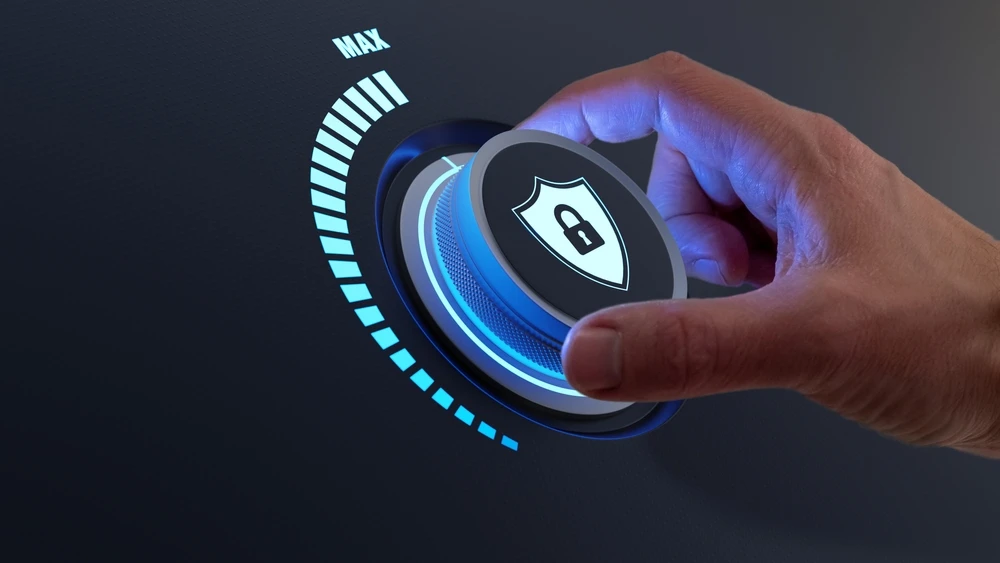- Home
- /
- Solutions
- /
- Private: Digital Asset Protection
- /
- Web Application Firewall
DIGITAL ASSET PROTECTION
Web Application Firewall

In today’s rapidly changing digital landscape, businesses need to be agile and innovative to stay ahead of the competition. However, many organizations struggle to identify the gaps in their technology and processes that hinder their growth and success. This is where iValue’s Gap Analysis service can help.
What is Gap Analysis?
Gap analysis is a process that measures the difference between the current state of a process, system, or technology and where it should be to meet the organization’s objectives. It provides a clear understanding of what needs improvement, identifies the obstacles that hinder progress, and helps develop a plan to close the gap between the current and desired state.
Why do We Need Gap Analysis?
Gap analysis can help organizations in several ways. By identifying the gaps in their technology and processes, organizations can:
Improve Efficiency: By addressing the bottlenecks in their processes, organizations can streamline their operations and improve their efficiency.
Enhance Security: Gap analysis can help identify vulnerabilities in an organization’s technology and processes and help develop strategies to address them. This can improve the organization’s security posture and reduce the risk of cyberattacks.
Increase Customer Satisfaction: By improving their technology and processes, organizations can provide better products and services to their customers, leading to higher customer satisfaction.
How iValue Can Help?
iValue is a leading technology firm that specializes in helping organizations bridge the gap between their current state and desired state. Our Gap Analysis service includes the following steps:
Step 1: Define the Goal
We work with our clients to understand their business objectives and develop a clear goal for the gap analysis process. This goal serves as the foundation for the rest of the exercise.
Step 2: Gather Data About Your Current State
We collect data about the organization’s current state, including their technology, processes, and workflows. This helps us identify the gaps that need to be addressed.
Step 3: Describe Your Desired Future State
We work with our clients to develop a clear picture of their desired future state, including the technology, processes, and workflows that they want to implement.
Step 4: Analyze the Gap
We analyze the gaps between the current and desired state and identify the factors that contribute to these gaps.
Step 5: Brainstorm Solutions
We work with our clients to develop a list of possible solutions to address the gaps identified in the previous step.
Step 6: Narrow Down the Solutions
We evaluate each solution based on its feasibility, effectiveness, and alignment with the client’s business objectives. We work with our clients to identify the most viable solutions and develop a plan to implement them.
At iValue, we believe that gap analysis is not a one-time exercise but an ongoing process that should be integrated into an organization’s culture. We work with our clients to develop a gap analysis framework that can be applied to different areas of their technology and processes, helping them stay ahead of the curve.
Conclusion
Gap analysis is a powerful tool that can help organizations identify the gaps in their technology and processes and develop a plan to bridge them. iValue’s Gap Analysis service can help organizations streamline their operations, improve their security posture, and provide better products and services to their customers. Contact us today to learn more about how we can help you bridge the gap.
